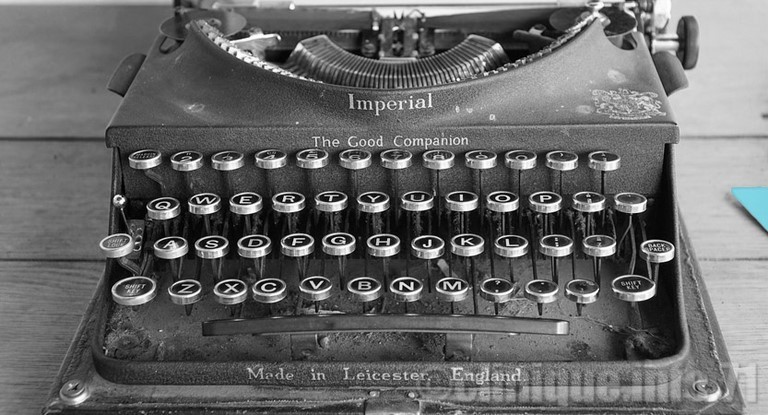A brief history of computing

As incredible as it may seem, the first calculating machine is none other than the work of the 17th century French philosopher, Blaise Pascal. Named the Pascaline, it made it possible to add and subtract two numbers in a direct way and to perform multiplications and divisions. However, it was not until the beginning of the 19th century that the beginnings of the invention of the modern computer appeared, thanks to the British mathematician Charles Babbage. If Babbage never managed to manufacture a complete machine, he was nevertheless at the origin of the difference engine and the analytical engine, both of which made it possible to carry out fairly advanced calculation operations for the time.
It was at the beginning of the 20th century that British mathematicians Alan Turing and Hungarian John Von Neumann, both considered the “fathers” of computer science, defined the main concepts on which computers are based. But decisive progress dates back to the Second World War, during which technological change accelerated. The English are at the origin of the first computer, the Colossus, whose mission is to decrypt the messages of Enigma, the German encryption machine. The Colossus was destroyed after the war in order to keep its secret functioning, and gave way in 1946 to the giant computer, the ENIAC, which was the first fully electronic computer.
France, for its part, will experience a spectacular changeover at the IT level, thanks to a policy of catching up with forced marches from the beginning of the 1970s until the end of the 1980s. However, success was not always there. .
The Calculation Plan: French IT independence
In 1964, the American firm General Electric absorbed the French company Bull, which specialized in IT, which weakened France in the field of new technologies.
In a context of heightened competition: General de Gaulle then initiated a concerted policy to provide France with a strong national industry capable of building advanced computers. The business adventure requires the intervention of large companies specialized in this field. However, there was no French company powerful enough to carry out this project. It is for this reason that the State has encouraged the industrialists of various enterprises to group together in a single company. From this merger was born the International Company for Computing (CII).
In 1966, Michel Debré launched the calculation plan which linked the French State with the CII. This is a financing contract, over a period of five years, for this newly formed company, in order to enable it to set up a competitive national computer industry.
Far from having achieved the commercial objectives set at the end of the calculation plan, a second plan was decided in 1971, renewing the financing of the CII by the State for another five years. In order to be able to compete with IBM on the old continent, the CII joined in 1973 the companies Philips and Siemens in the Unidata project intended to bring out a European IT leadership.
But the succession of the two oil shocks, in 1973 and 1979, as well as the reversal of the world economy, destabilize the French economy and trigger the inexorable rise in unemployment. With the presidency of Valéry Giscard d'Estaing, the CII benefits from these last fires of existence. Indeed, the failure of the Unidata project, due to the differences between the CII and its partners, pushed the French government to withdraw financially in view of the minority position of the French firm. In 1975 France sold the CII to the American company Honeywell Bull, thus scuttling the Unidata project.
The Minitel: The French exception
In 1980, France Telecom launched a new means of telecommunication aimed at replacing the paper directory. This is the Minitel2. Launched as an experiment in Saint-Malo, it was deployed in nearly 500,000 units throughout France between 1981 and 1984. Easy to use with its "36xx+code", it allows French people to discover the e-commerce, but also a multitude of other services: online press, stock market monitoring, pink couriers, travel agencies, etc. While these services were offered free of charge for the first few years, users gradually had to pay a monthly subscription. The Minitel reached its peak in 2002, equipping nine million homes and businesses. However, he never managed to export beyond the French borders. Despite everything, this innovation has no precedent in the world. June 30, 2012 sounded the death knell for the Minitel, which was overtaken by the Internet while it still had many followers.
The Computing Plan for All
In 1985, under the leadership of Prime Minister Laurent Fabius, the French government launched the Informatique Pour Tous (IPT) plan. The objective was to introduce children and their teachers to computers by installing Thomson brand computers in schools. If the project is ambitious, it is nonetheless a failure. Indeed the French company Thomson was in great difficulty and the machines it offered (TO7 and MO5) were obsolete compared to the Macintosh Apple II. In addition, teachers were not sufficiently trained to guide their students step by step in mastering the computer tool.
If the assessment of the history of computing in France is rather mixed, some projects have meanwhile been crowned with success. This is particularly the case of RENATER (the National Telecommunications Network for Technology, Education and Research) created in 1993, which is the French computer network linking together the various universities and research centers in metropolitan France and in overseas departments.
Source Lexweb http://www.lexweb.fr/la-petite-histoire-linformatique-france/
 English ▼
English ▼ Français
Français